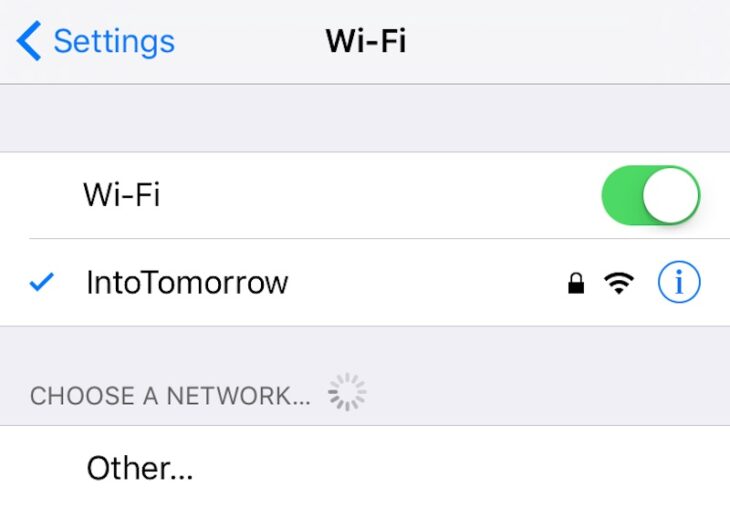Podcast: Play in new window | Embed
Tom asked: “We recently moved from a house to a one floor condo. And since then, have had wireless stream issues. A video or audio stream would go off for a few seconds and come back so there are annoying gaps. The cable company says this is from Internet latency and that it’s not their problem. We are using a combo modem/router that they supplied and they said it’s all we need. We’ve swapped it out several times and tried channels 6 and 11 with no change. Do you have any recommendations, like a wifi booster, or plugging in one of my old routers and using that for Wireless?”
The first step is to determine the source of the buffering problems. The cable company’s modem/router will also likely have some Ethernet ports on it. If you are able to get an Ethernet cable between your computer and this cable modem/router, even if you have to run it across the floor temporarily, that’s a good diagnostic step. If the buffering persists then it is an Internet issue and your cable company might be correct. The website or video stream might be overloaded. Of course, it could still be crappy speeds from the cable company, but if these problems only affect certain streams or sites, and others are fine, then it’s not likely to be the cable company.
If you can’t, or don’t want to connect for a hard-wired test, then we still have some suggestions for you.
If you can’t, or don’t want to connect for a hard-wired test, then we still have some suggestions for you. You can purchase your own modem/router and connect it to your cable outlet. We have used the Netgear “Nighthawk” series and found its performance to be excellent. It includes the cable modem interface, four Ethernet ports on the back, and 802.11ac Wi-Fi support. Wireless AC, as it’s called, is the latest and greatest spec. There are different Nighthawk models depending on how much speed you need on your wireless connections, faster models use more antennas and frequencies.
If it’s simply an issue of being too far away from the cable modem/router location, then you’d need a wireless system that offers “meshing.” You would need to replace the cable company’s modem with one of your own, because the cable company’s modem/router includes Wi-Fi and you don’t want that competing with the more sophisticated system you’re about to install. Cable modems compatible with all the major providers are available at Amazon.com and Best Buy. Prices vary depending on the speed you need them to support, but you should estimate between $70 and $100 for a good one.
If it’s simply an issue of being too far away from the cable modem/router location, then you’d need a wireless system that offers meshing.
There are a couple of systems offering wireless meshing that you can buy right now. The eero (pronounced “ear-oh”) system comes with one access point for $199 or three for $499. The magic happens when you buy the three pack. Only one access point is connected to your network. The other two just get power connections. They all see each other and automatically work to boost your signal. The included software even helps you determine where in your home to place the remote units for the best possible coverage. These aren’t cheap, but they do seem to work by all accounts, and they will eliminate your dead spots.
Another similar product is the Ubiquiti UniFi Pro Enterprise Wi-Fi System. A three pack of them will set you back $585, but they’ve been around longer than the relatively new eero system has been, so they’ve been battle tested in a lot of different environments. They are, however, an enterprise level product. Meaning that each of the three access points wants to have a data connection to your network, so the effort in installation goes up considerably. What they do, however, is seamlessly hand off devices in your home based on which access point has the best signal to that device. This means no more dropped connections and no more dead spots.
A company called Luma is coming out with a system to compete with the eero models, at only $250 for a three pack. That’s really nice pricing, IF they work as well as the eero devices do. They are not yet available, however, so if you want a solution today you’ll have to look elsewhere.
Wireless meshing including the hand-off of devices from one access point to another is the best solution for handling those dead zones. Unfortunately, it all comes at a price. Good luck!


